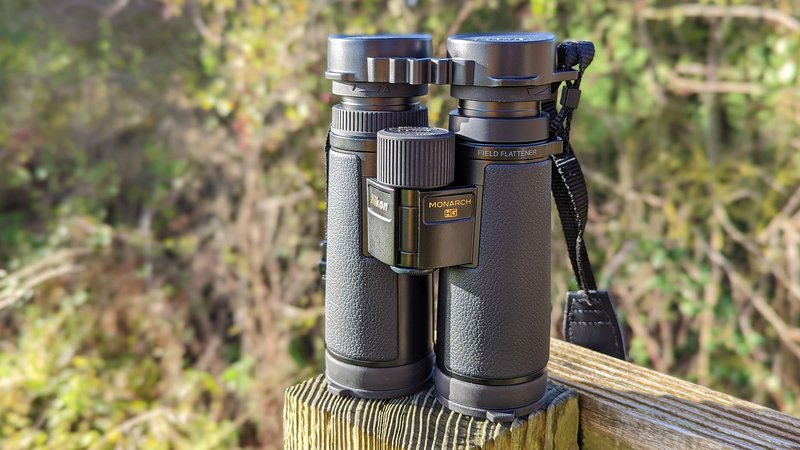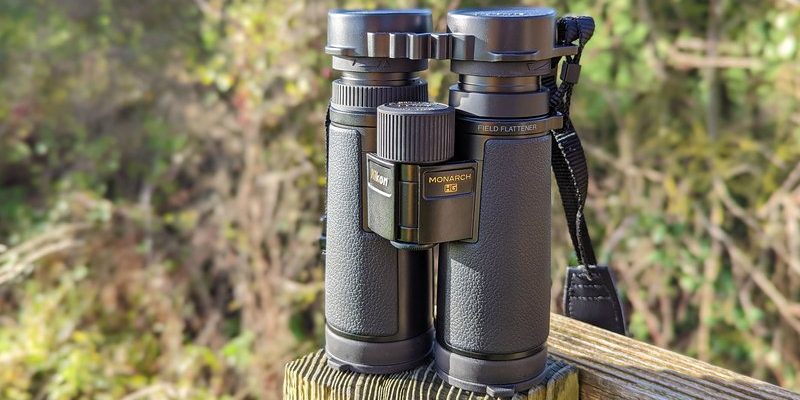
Choosing binoculars isn’t just about magnification; it’s about the experience. The right pair can bring inchworms into sharp focus, making their movements feel like an enchanting performance. Imagine being able to see every tiny movement, every little detail of their bodies as they navigate the world—it’s like having front-row seats to nature’s most subtle show! Let’s explore what makes binoculars great for observing inchworm movements and what specific models you should consider.
Why Binoculars Matter for Inchworm Observation
Observing inchworms can be a peaceful hobby, but without the right binoculars, it can be challenging to fully appreciate them. Binoculars enhance your experience by bringing distant critters right to your eyes, allowing you to see their intricate patterns and movements. You might be wondering how this all works.
First off, binoculars allow for a wider field of view, which means you don’t just see a zoomed-in image; you can see the inchworm’s context in its environment. This can make the observation more interesting. Additionally, good binoculars help reduce shaking, ensuring that you get a steady and clear view. Imagine trying to focus on a little creature while holding your hands steady—frustrating, right? The right binoculars can make this so much easier.
When you’re in a park or garden, inchworms may blend in with their surroundings. That’s another reason binoculars are essential; they help you spot these critters that might otherwise go unnoticed. So, having a sharp pair of binoculars can turn an ordinary stroll into an exciting adventure in nature.
Key Features to Look for in Binoculars
Not all binoculars are created equal, and choosing the right ones involves understanding a few key features. The first feature to consider is **magnification**. A magnification of 8x or 10x is typically ideal for observing small creatures like inchworms. This level of zoom lets you see fine details without losing too much light or clarity.
Another important factor is **objective lens diameter**, commonly noted in binocular descriptions as 42mm or 50mm. A larger diameter allows more light in, which is helpful during early morning or late evening observations. This means better visibility and clearer images, even in lower light conditions.
Don’t forget about **field of view**. This term refers to how wide your view is through the binoculars. A wider field of view helps you track inchworms as they move, rather than just focusing on a single spot. Having a good field of view can make your whole experience much more enjoyable.
Best Binoculars for Observing Inchworms
Now that you know what features to look for, let’s dive into some of the best binoculars for inchworm observation. Here’s a curated list that balances quality and affordability:
- Canon 10×42 L IS WP – This model features image stabilization, meaning no more shaky views. Perfect for those delicate inchworms!
- Nikon Monarch 5 8×42 – With excellent light-gathering ability, this pair provides stunning clarity and color accuracy.
- Vortex Diamondback 10×42 – Known for its ruggedness and ease of use. Plus, it’s budget-friendly without skimping on quality.
- Leupold BX-4 Pro Guide HD 10×42 – Offers extraordinary clarity and is lightweight, making it easy to take wherever you go.
Each of these models offers something special, so consider your specific needs and how you plan to use them. For example, if you’re often hiking or moving around, a lightweight option might suit you best.
How to Use Binoculars Effectively
Once you have your binoculars, you’ll want to know how to use them effectively. Start by adjusting the **eyecups** to fit your vision, especially if you wear glasses. Then, make sure to focus the binoculars on something at a distance. This can help you get a feel for how they work.
When you spot an inchworm, bring the binoculars to your eyes while keeping the creature in your peripheral vision. This technique helps in tracking the movements without losing sight of it. Once you’re looking through the lenses, slowly adjust the focus to see the details. A gentle approach makes it easier to see those intricate movements.
Remember, steady hands are key! If you’re having trouble keeping still, try resting your elbows on a stable surface or using a tripod if your binoculars support it. This little trick can give you a clearer view.
Where to Find Inchworms
Now that you’re equipped with binoculars and know how to use them, the next step is finding inchworms. These little critters tend to live in wooded areas, gardens, and parks. Look for them on tree branches, leaves, or even on the ground. They often camouflage themselves, so keep an eye out for movement rather than their color.
Inchworms are more active in warmer months, usually from spring to late summer. Early mornings are a great time to spot them since they tend to be more active and visible as they search for food. If you’re in the right spot, you might just catch a glimpse of their fascinating movements.
Additional Tips for Inchworm Observation
You’ve got the binoculars and locations down, but let’s talk strategy. First, try to be as quiet as possible. Inchworms may be skittish, and sudden movements or loud noises can startle them, sending them off to hide.
Patience is your friend. Sometimes, inchworms move slowly or might be tucked away. Give yourself time, and don’t rush the process. You might consider bringing a notebook to jot down your observations or even sketch the inchworms. This can help you engage more deeply with what you’re watching.
And don’t forget to enjoy the experience. Watching nature shouldn’t feel like a hustle; it’s about relaxing, learning, and sometimes just marveling at the beauty around you. Let the inchworms guide you through their world.
Final Thoughts
Watching inchworms can be a delightful way to connect with nature, and having the right binoculars makes all the difference. Remember, it’s not just about seeing; it’s about experiencing the full beauty of these tiny creatures as they move through their environment.
Whether you opt for high-end models like the Canon 10×42 L IS WP or a more budget-friendly choice like the Vortex Diamondback 10×42, make sure you find what works best for you. So grab your binoculars, head outside, and enjoy the slow, captivating dance of inchworms. Happy observing!

